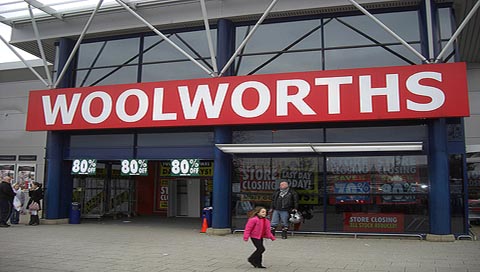
Research conducted by Matt Parker, from the School of Mathematical Sciences at the University of London, reveals a rather unusual configuration of Woolworths store locations near Birmingham, England.
In one example, stores from Wolverhampton, Lichfield and Birmingham aligned to display a precise equilateral triangle. Furthermore, Parker found that if the base of the triangle was extended to 173.8 miles, it also linked stores at Conwy and Luton.
Despite the line’s length, all four stores aligned within 40 metres either side of it, resulting in an accuracy of 0.05%. Astoundingly, Parker found this configuration in over 800 Woolworths stores across England.
In an analogous investigation, researcher, writer and historian, Tom Brooks, found 1,500 prehistoric monuments to be on a grid of Isosceles triangles, all pointing to the next site. This configuration purportedly enabled our ancestors (or otherwise) to travel from site to site with extreme accuracy and ease.
This mystery, Brooks’ believes, lies with keen mathematicians in the area that existed a millennia before the Greeks invented geometry. He also does not rule out extraterrestrial interference.
Although the research techniques of both Parker and Brooks have been severely criticised, the significance of the triangle, historically, is no laughing matter.
This ancient symbol’s association with mystique is seen in the Egyptian pyramid, the Star of David, and the anarchy symbol (to name but a few). It is also used to represent the trinity in The Two Babylons, and part of the tetractys figure used by the Pythagoreans. And in today’s hustle and bustle, the triangle makes an undeniably handsome give way sign.
While many may laugh at Brooks and Parker’s findings, conspiracy theorists, pagans and mystery ponderers may find it prudent to keep one eye on Woolworths store activity.